An Affordable + Sustainable Wardrobe
In my senior year of high school, I was awarded the “Best Style” superlative. Every day, I made a massive effort to wear something creative, and the school paper even interviewed me about my Instagram account, which featured daily outfit posts accompanied by the hashtag #todayiwore. I was not the first person to do this, but it was early enough in the life of Instagram that I was the only person I knew using social media to document style.
And my style was *eclectic.* From fingerless driving-style gloves and high-top pleather converse to bright blazers and pleated skirts, my mentality was the opposite of Coco Chanel’s. (She once said, “Before you leave the house, look in the mirror and take one thing off.”) Not only did I love wearing too many items at once, but I owned too many garments, and my shopping motto was “more is more.”
“While my constantly rotating and eye-catching style had made me feel powerful and independent before, I realized that my clothes had been wearing me.”
My style has significantly shifted since then, and so have my values. My transition to becoming a slow fashion advocate coincided with the beginning of my journey into “real life adulthood,” when I grew increasingly interested in quality versus quantity. After watching “The True Cost” and having my views on the fashion industry flipped upside down, I could no longer hide behind mountains of clothing. While my constantly rotating and eye-catching style had made me feel powerful and independent before, I realized that my clothes had been wearing me.
Nowadays, I focus on one or two statement pieces instead of five. I supplement wardrobe items that I’ve had for years with classic and high-quality, sustainable garments, as well as fun thrifted finds. It may seem that my style has completely changed—though, on closer inspection, I’ve zeroed in on what is truly “me.” Halting my constant consumption and taking more time to reflect on my purchases has given me a better understanding of my personal style. While I no longer document my everyday outfits, I still find creativity and exploration within my wardrobe. I’m learning how to dress for myself, not to impress others.
“I’m learning how to dress for myself, not to impress others.”
Here’s the fantastic thing about getting off of the conventional fashion conveyor: There are no rules! Sustainable style can be achieved on a budget. By focusing on who you are, making thoughtful purchases, and taking advantage of the $24 billion resale industry, sustainable style can be whatever you want it to be. If you’re building your own sustainable wardrobe, here are my four tips for saving money—while still being fashionable.
1. Make a Wardrobe Mood Board
Discovering your personal style is a vital first step in moving towards a slow fashion wardrobe that doesn’t break the bank.
is a fantastic way to start. Grab a group of friends, gather inspiration from Pinterest, magazines, and movies, then find what speaks to you! This process helps to separate the styles you admire from the styles that work for you. Creating a wardrobe mood board can also help you evaluate your current closet and discover what items are missing from it. When you know your personal style and wardrobe well, you’re better equipped to stay on budget when out in the wild.
2. Take Extra Time to Buy
“The best way to save money while also building a stylish wardrobe is to literally slow down.”
The number one tip I have for every new sustainable shopper is to make thoughtful purchasing decisions. This is important and also difficult to implement because it means a mindset shift. The best way to save money while also building a stylish wardrobe is to literally slow down. To stay on budget, you have to make sure you’re buying items that match your personal style, needs, and lifestyle. Instead of impulse purchasing a top, do a little research on the brand, find out what the piece is made of, and assess if the garment is built to last. Not everyone has the means to save for investment pieces, but if you do, save for ones that will stay with you season after season.
3. Thrift, Swap, and Vintage Shop
If you’re a fashion lover looking to clean up your wardrobe, I have some good news: you can still have a wardrobe full of color, pattern, and texture. Thrifting, vintage shopping, and participating in clothing swaps give you the opportunity to experiment with your wardrobe without harming the planet. While vintage can get pricey depending on where you go, thrift shops always have budget-friendly items, and swapping with friends is completely free! You can even shop secondhand from the comfort of your own home. Let go of the stigma of preloved clothing and enjoy the huge supply of sustainable garments at your fingertips.
4. Care For Your Clothing
“Investing time into your clothing will extend their life and save you loads of cash.”
While far less glamorous than other tips, investing time into your clothing will extend their life and save you loads of cash. Caring for your clothing is as simple as washing items on cold, learning to hand sew, and finding a local tailor. Some of my favorite pieces right now are ones I’ve had and taken care of since high school. Despite what traditional fashion media tries to tell us, garments can stay relevant and interesting past the industry’s fictitious expiration date.
Audrey Stanton was born and raised in the Bay Area and is currently based in Los Angeles. She works as a freelance writer and content creator with a focus in sustainable fashion. Audrey is deeply passionate about conscious living and hopes to continue to spread awareness of ethical consumption.


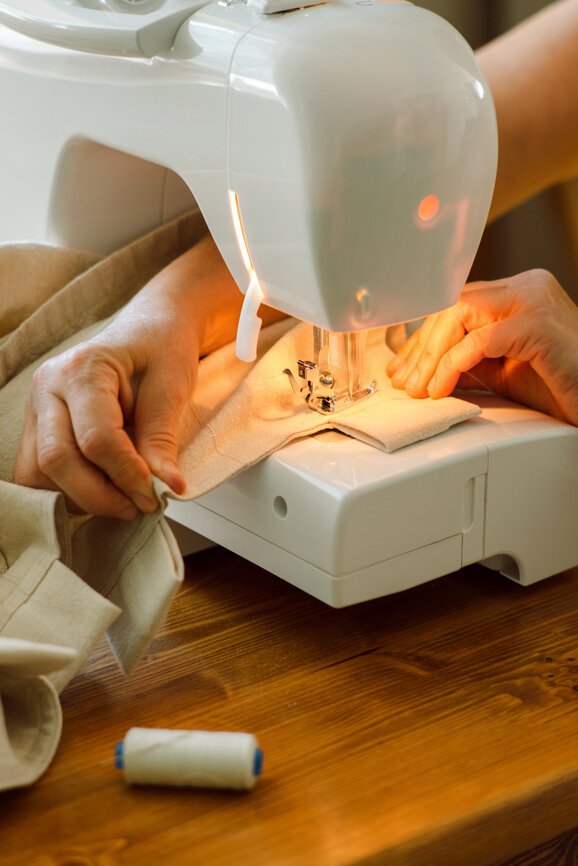
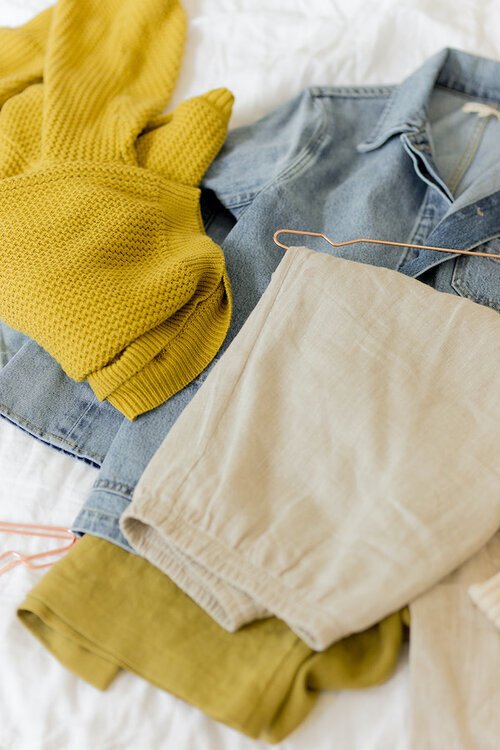



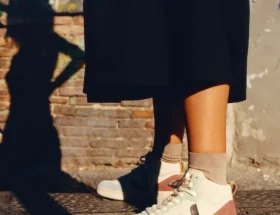


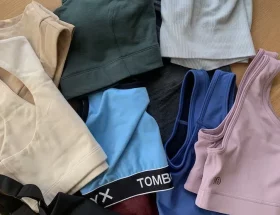
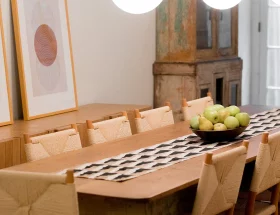
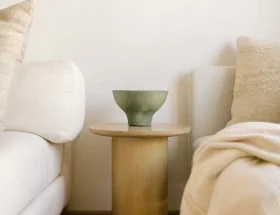




0iq59z